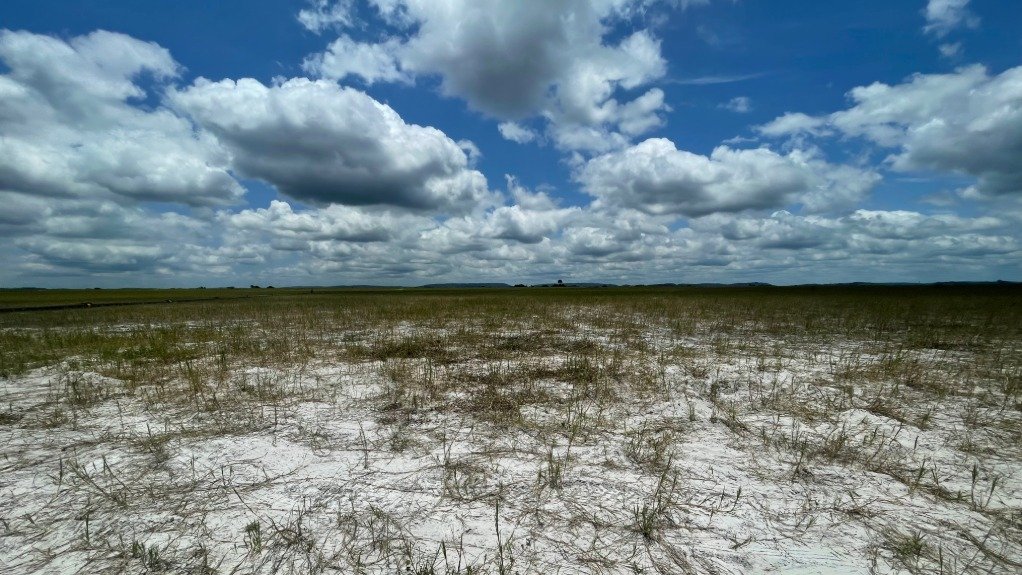
+27 11 441 1111
SRK House, 265 Oxford Road, Illovo, 2196, South Africa

Sustainable mine closure forethought vital amid mining boom


LONG HAUL Closure planning must start at the inception of operations as risks after closure can require time-consuming and costly intervention
West Africa’s mining boom has accelerated project development, often in environmentally and socially sensitive areas, highlighting the importance of responsible mining with closure in mind, says mining consultancy SRK Consulting.
As a result of a strong gold price, many shelved gold exploration projects in Ghana, Côte d’Ivoire, Guinea and Nigeria have restarted, fuelling widespread prospecting operations in West Africa, says SRK Consulting Ghana country manager Ivan Doku.
“Many majors are negotiating the repurchase and re-initiation of gold exploration projects that they sold four to five years ago when the gold price was low,” he says, adding that many greenfield mining projects have also entered into production this year.
At the same time, Doku says it has become feasible for several mines to pursue transitioning to underground operations, to reach deeper, higher-grade deposits as their near-surface ore is depleted.
Alongside activity in the gold sector, high grade iron-ore deposits in Guinea and nickel laterite deposits in Côte d’Ivoire are also attracting investment.
Amid significant investment into gold mining in West Africa, the industry must look beyond efficient operations to prepare for the implications of a downturn, he says. This includes implementing the best technical practice to optimise a mine’s efficiency, ensuring it can remain cash-positive during a downturn.
However, Doku notes that where the downward cycle is deep and drawn out, many mines may not be viable and must responsibly follow a route to downscaling or closure.
He stresses that whether surface or underground, closure of mines is complex, often involving long-term monitoring for gas, water, rock instability, subsidence risks following backfilling and persistent subterranean risk.
With mines often supporting entire communities, directly and indirectly, the socioeconomic impact of operations closing or downsizing can be severe, including the collapse of social services and infrastructure alongside environmental degradation, says SRK Consulting South Africa principal environmental engineer Roanne Sutcliffe.
“Mining companies in West Africa are starting to understand the importance of developing strong socioeconomic systems to fulfil their responsibility to host communities beyond the life-of-mine,” she says, adding that by working closely with communities, mines can better plan post-closure land use.
Responsibility Beyond the Fence
The mining boom in West Africa has brought a heightened focus on responsible mining that looks beyond operations including supporting governments in addressing socioeconomic challenges and managing artisanal mining to prevent deforestation and water contamination, says SRK Consulting South Africa partner and environmental principal Wouter Jordaan.
He adds that mineral traceability throughout the mining supply chain is also becoming increasingly important, with purchasers of commodities increasingly requiring verification of the origin, geographical path, chain of custody and processing methods of minerals they procure.
“In response, mines’ financial and social development reporting will have to become more transparent. Shareholders want to know how mining companies are mitigating their potential exposure to liability,” says Jordaan.
Sutcliffe adds that West African governments are also striving to increase local economic participation in mining, bringing another dimension to mining in the region.
“To create further economic value from mining, governments of host countries want to see greater localisation across the entire mining value chain and not only in midstream operations where most of the focus has been thus far,” she adds.
The momentum of mining activity in the region had opened up discourse on what exactly responsible mining entails in a practical setting, explains Sutcliffe, noting more focus is being devoted towards how mines effectively implement guidelines and standards, as opposed to following a box-ticking exercise to ensure compliance.
“When mines are approaching the end of their lives . . . the question they should be asking is: who is going to occupy this space that once sustained entire communities and managed the environmental impact of operations for decades or even centuries?” she says.
Sutcliffe emphasises that closure planning must start at the inception of operations, given the significant costs and liabilities associated with closing a mine responsibly.
“Mines need to remember that, at the point of closure, they will no longer be generating any revenue to cover the costs of remediation measures,” she says, adding that risks may emerge after closure, requiring time-consuming and costly intervention.
“Futureproofing of their operations has not always been a key driver for mining companies. However, they are coming to terms with the extensive planning involved in closing a mine in a responsible manner,” notes Sutcliffe.
As such, dealing with potential closure problems proactively as part of day-to-day operations makes closure easier to manage, she states.
Additionally, it is important to integrate mining, environmental and community teams early to cohesively limit risk before closure, while maintaining networks with government, communities and non-governmental organisations throughout the mine’s life to achieve closure objectives.
Initiatives and standards such as the Global Industry Standard on Tailings Management (GISTM) are also encouraging mines to start planning for closure, says Sutcliffe.
“These standards include environmental, social and governance principles, and underpin good mining practice,” she says, noting that the GISTM takes into consideration risk factors, such as higher rainfall owing to climate change which could increase the risk of tailings dam failure.


